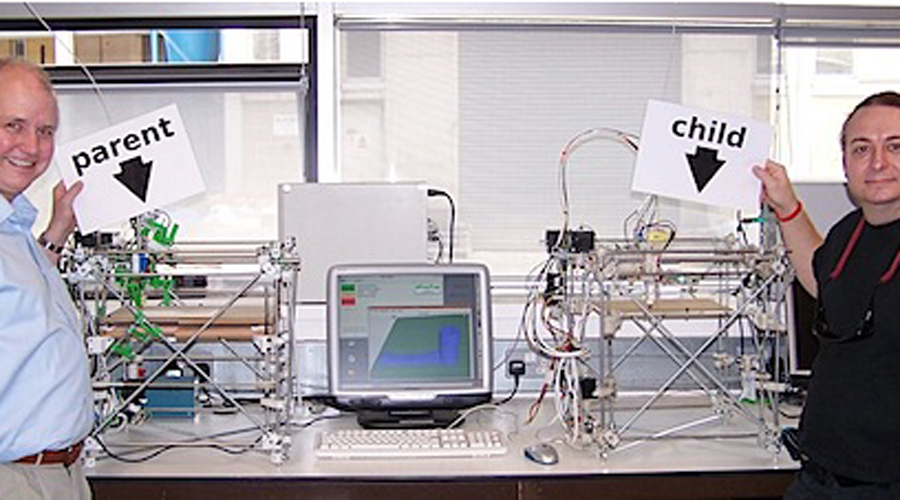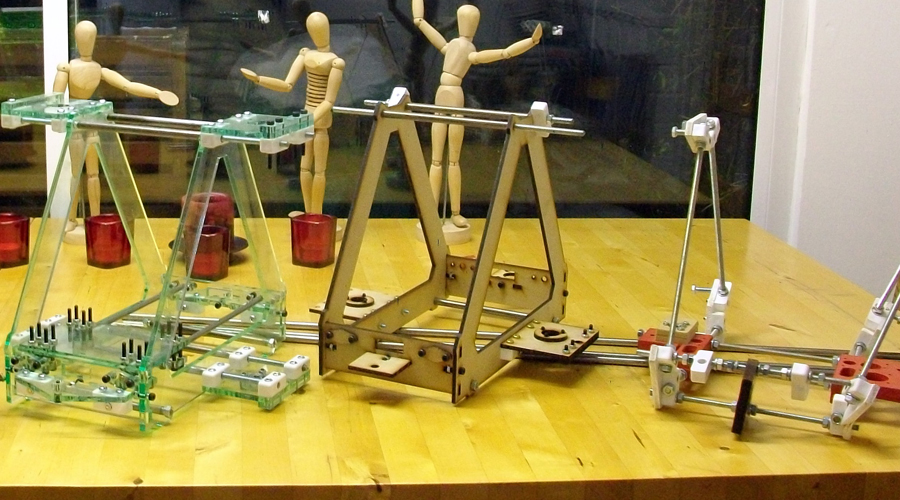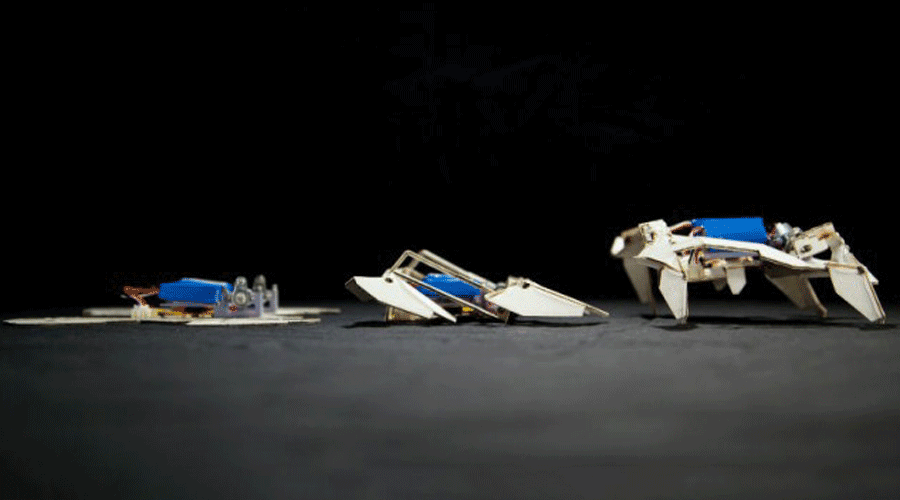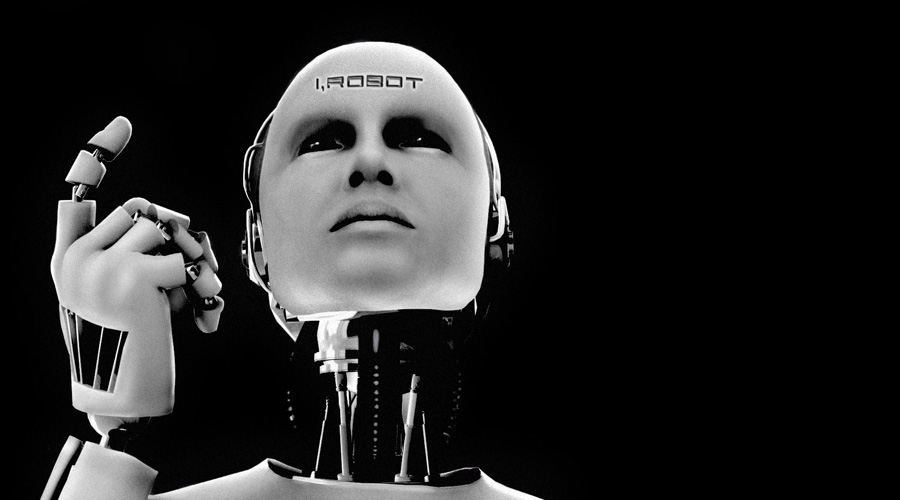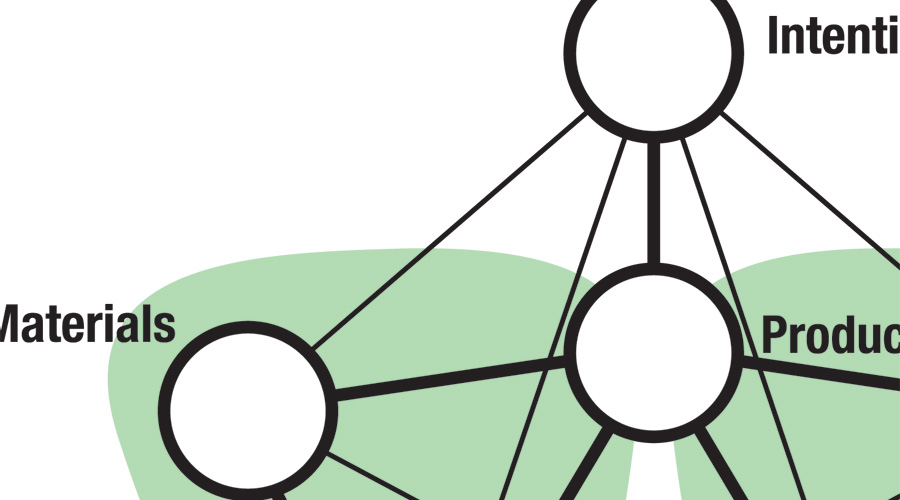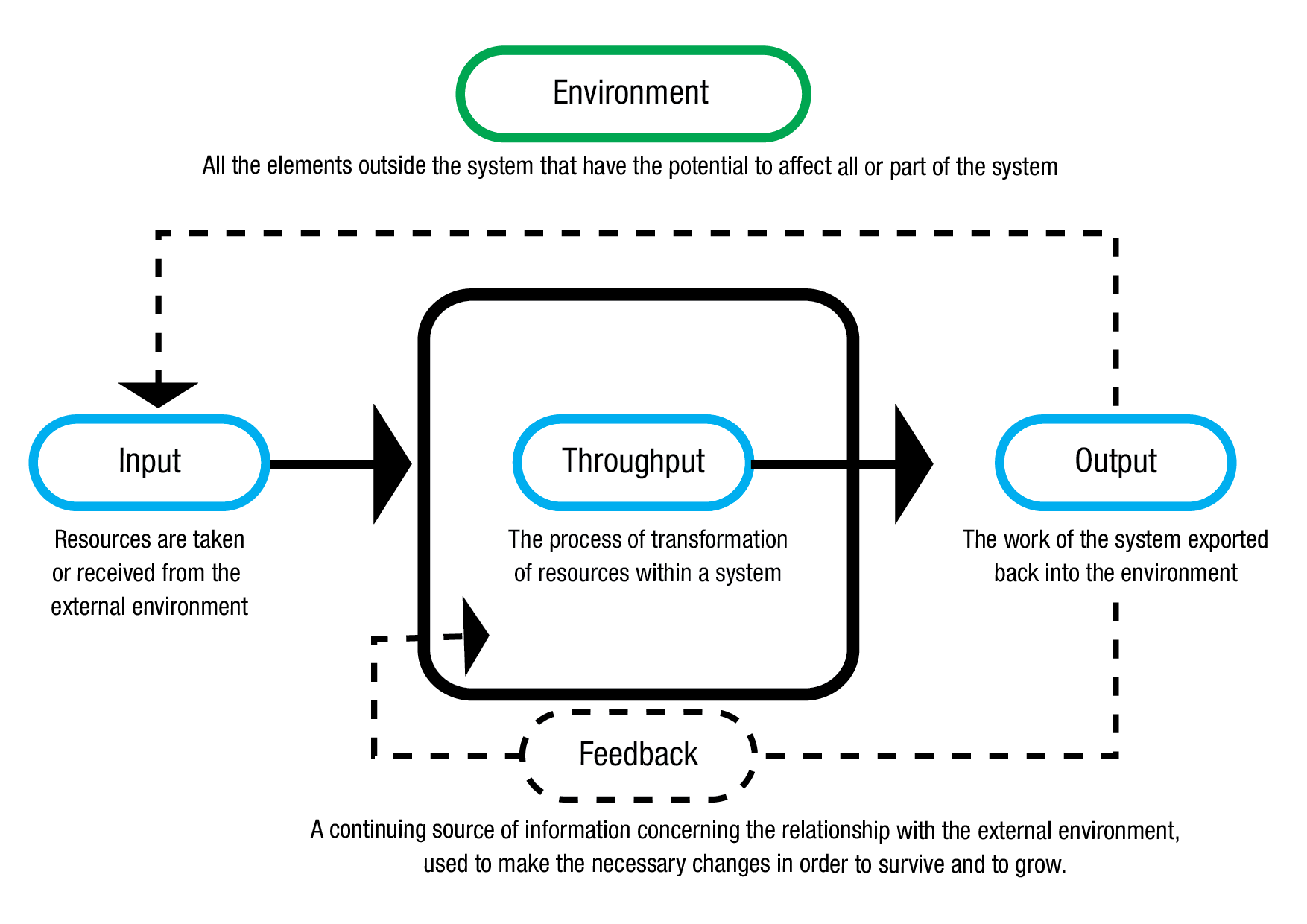AIDE: Week Five
Richard Buckminster-Fuller
Earth's Friendly Genius
.jpg)
Adrian Bowyer
Adrian Bowyer explains the self replicating 3D printing RepRap machine
Jonathan Matte at TEDxGreensFarmsAcademy
The surprising beauty of mathematics
The Invisible Design Revolution or... How Fabric Will Help Save the World
TEDxLA Howard J Brown
Building a High Tech 18ft Skiff
Flying 18s
Sankey Diagrams
This article on ‘A Pilot for Measuring Energy Retrofits’ describes how researchers from the EEB Hub used an old navy building in Philadalphia to “determine detailed system performance”.
The result of that “inverse modelling” (i.e. measuring) approach are presented in Sankey diagrams and are used “to identify discrepancies in the predicted versus actual energy balance”.
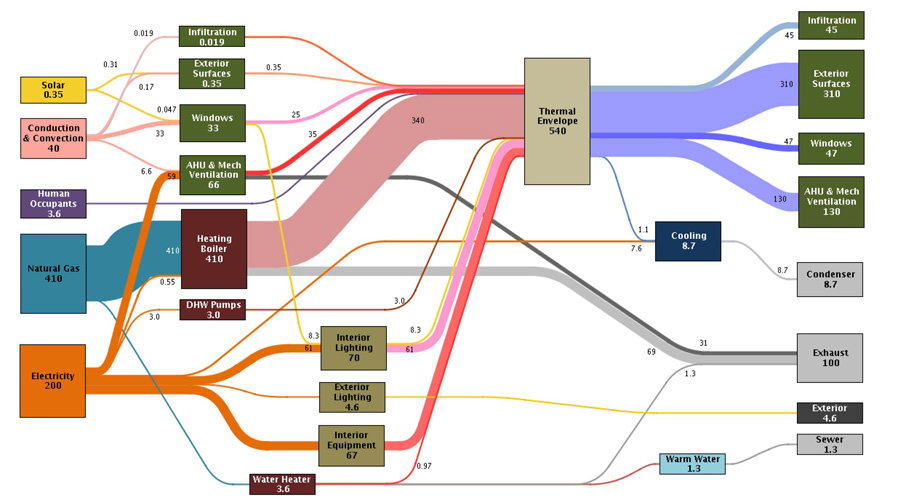
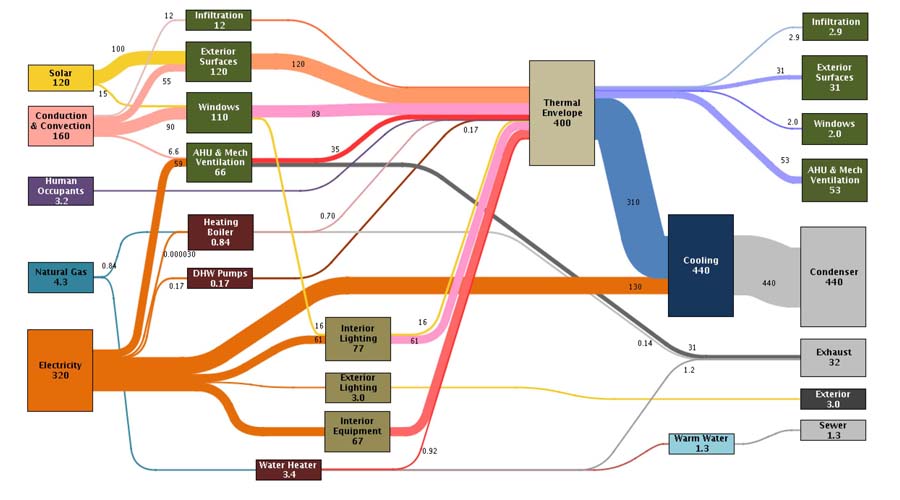
4see
This short film introduces the 4see framework whose purpose is to explore future scenarios using data from the past. Foresight
Student example
A simple example illustrating Sankey Diagram application.
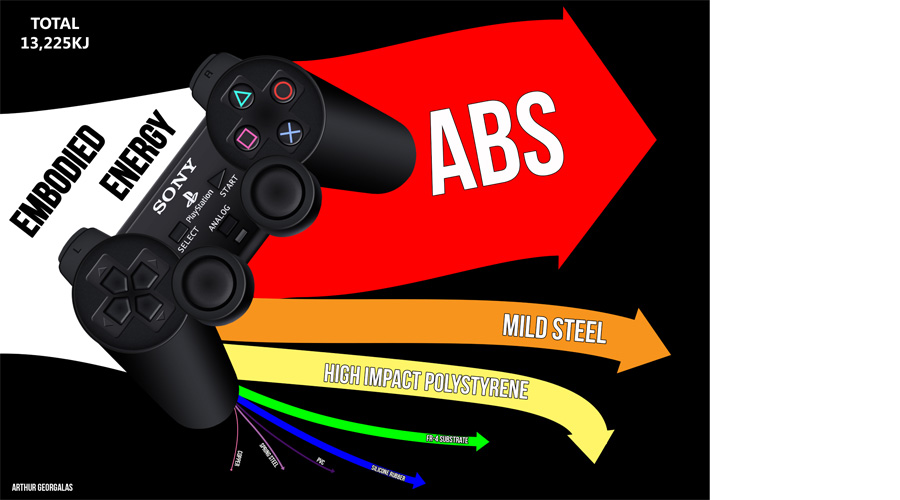
Student example
The modified product embodied energy.
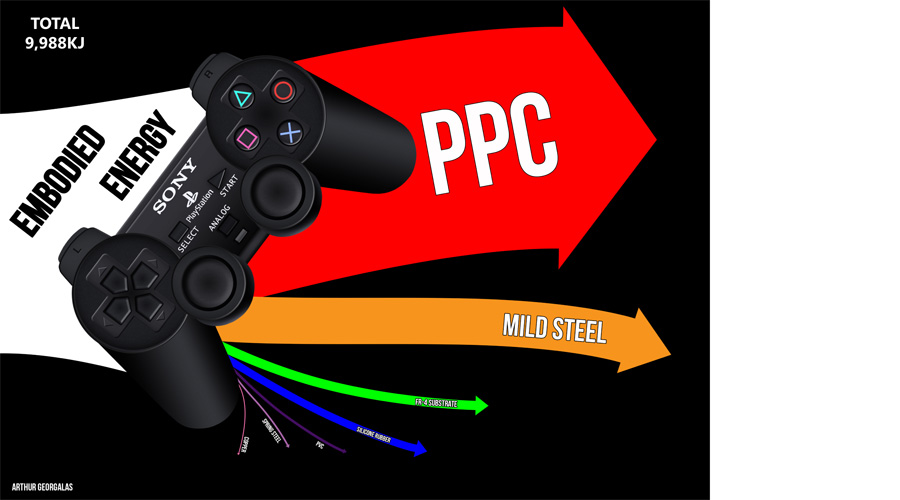
Embodied energy
This table outlines a range of materials illustrating their embodied energies by overall usage.
Concrete, Plastics and steel represent the materials displaying greatest embodied energies, which also indicates the materials we commonly interact with have a significant impact upon their value and place in society.
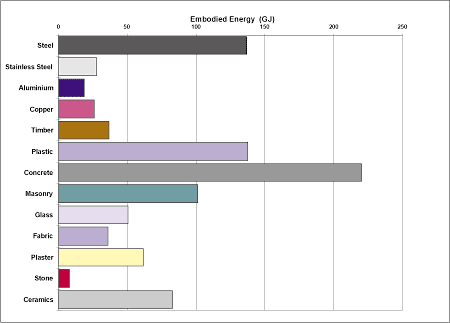
Assignment 2: Sustainability Analysis
Analyse the autopsy product discussing sustainability principles relating to your product.
Present the key components in a clear illustrative discussion, including:
The Materials life-cycle map
Map the source and eventual destinations of each autopsy material as pathways and intersections.
Discuss briefly the origins of the autopsy product within the context of the mapping result.
Postulate on the next generation within the context of the mapping result.
Manufacturing nodes
Discuss your group versions highlighting the comparative materials and manufacturing idiosyncracies.
Describe the assembly processes as annotated nodes on the map.
Include discussion about re-assembly and re-use by visualising the end-of life pathways on your map.
Table your findings.
Discuss the value of the product
Think of yourself as a consumer versus you as a designer.
Think about where the product was manufactured, the culture and environment the product was designed for and the implied product life cycle pathways of the end user.
Poll ten people on their perspectives on the product. Map their pathways of usage upon your map.
Table your findings
-
Discuss the end-of-life issues relating to the key autopsy components.
Present your findings at class in Week 9. Submission
Compile your reflections and data as a Case Study including iterative modifications of assignment One plus the Assignment Two components.
Present your Case Study mapping submission in Week 10.
